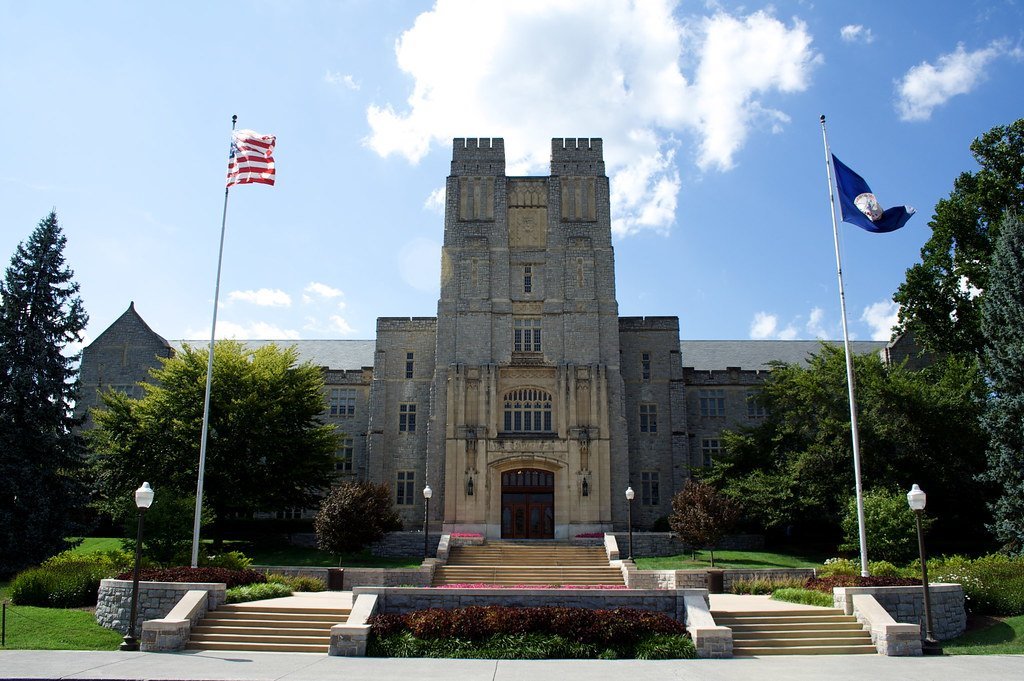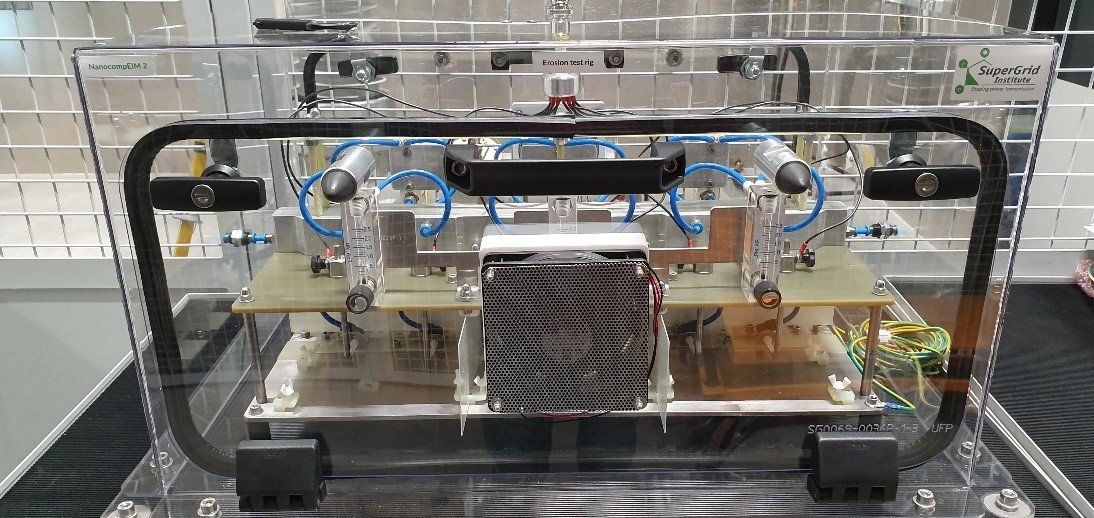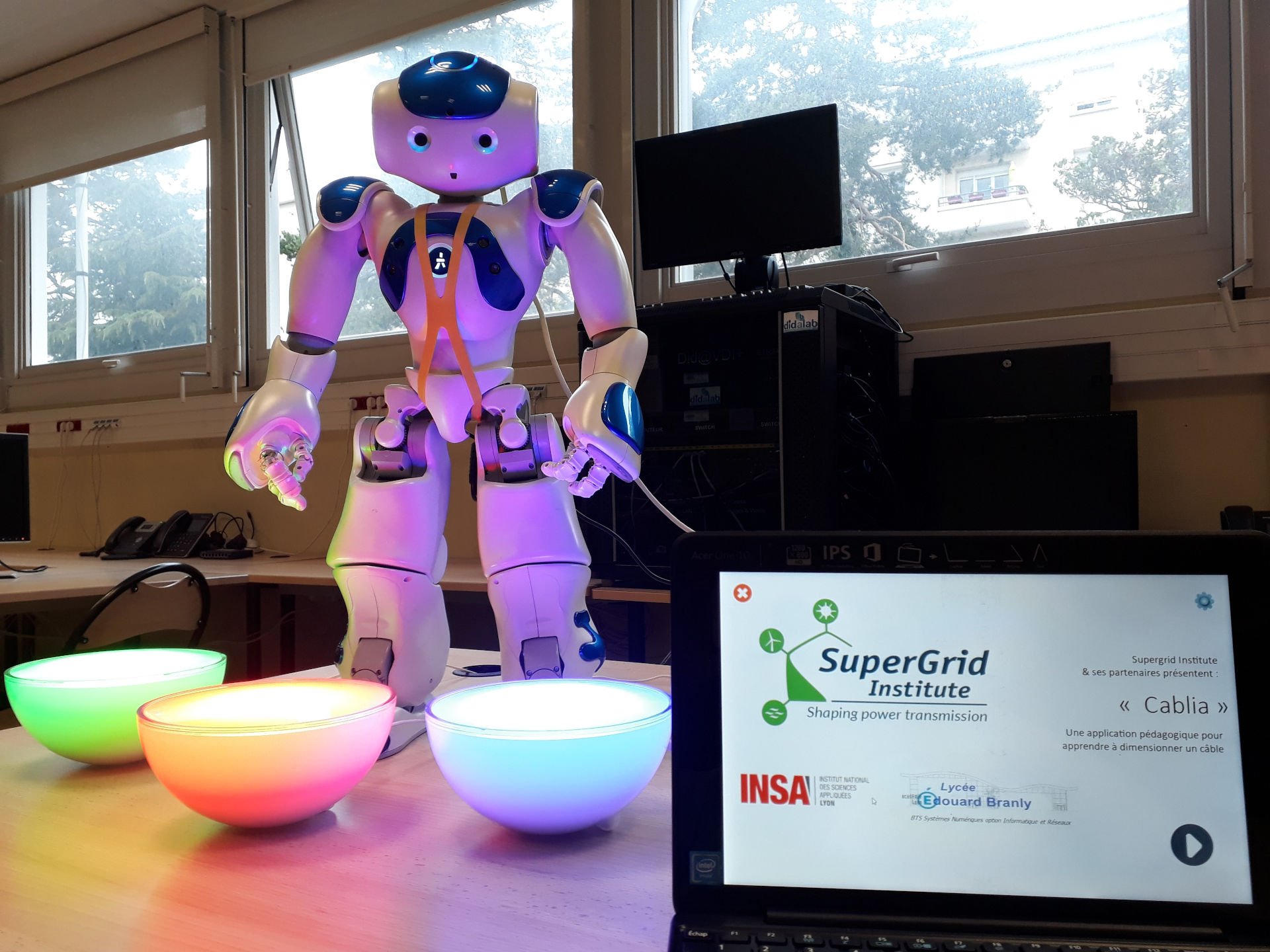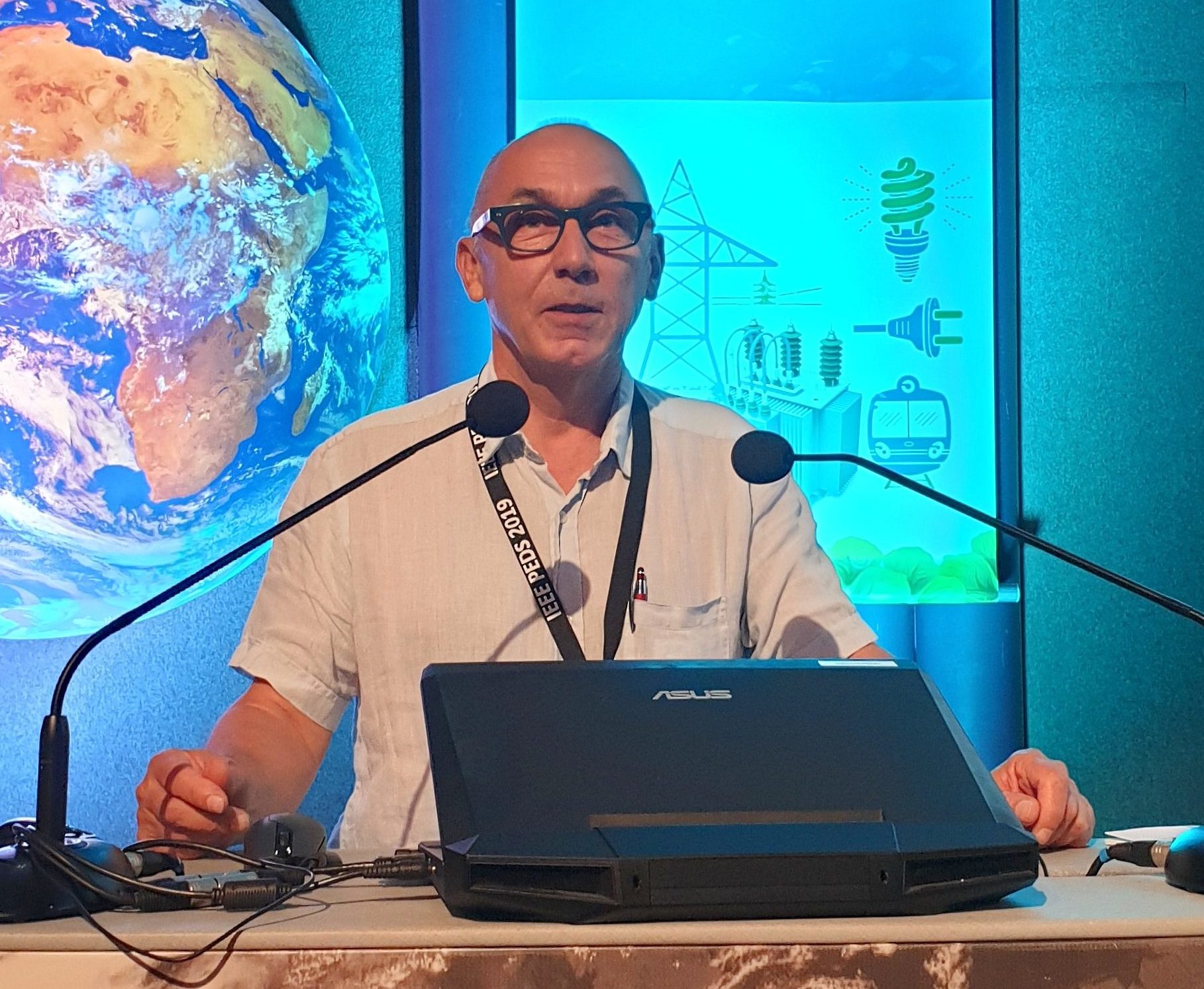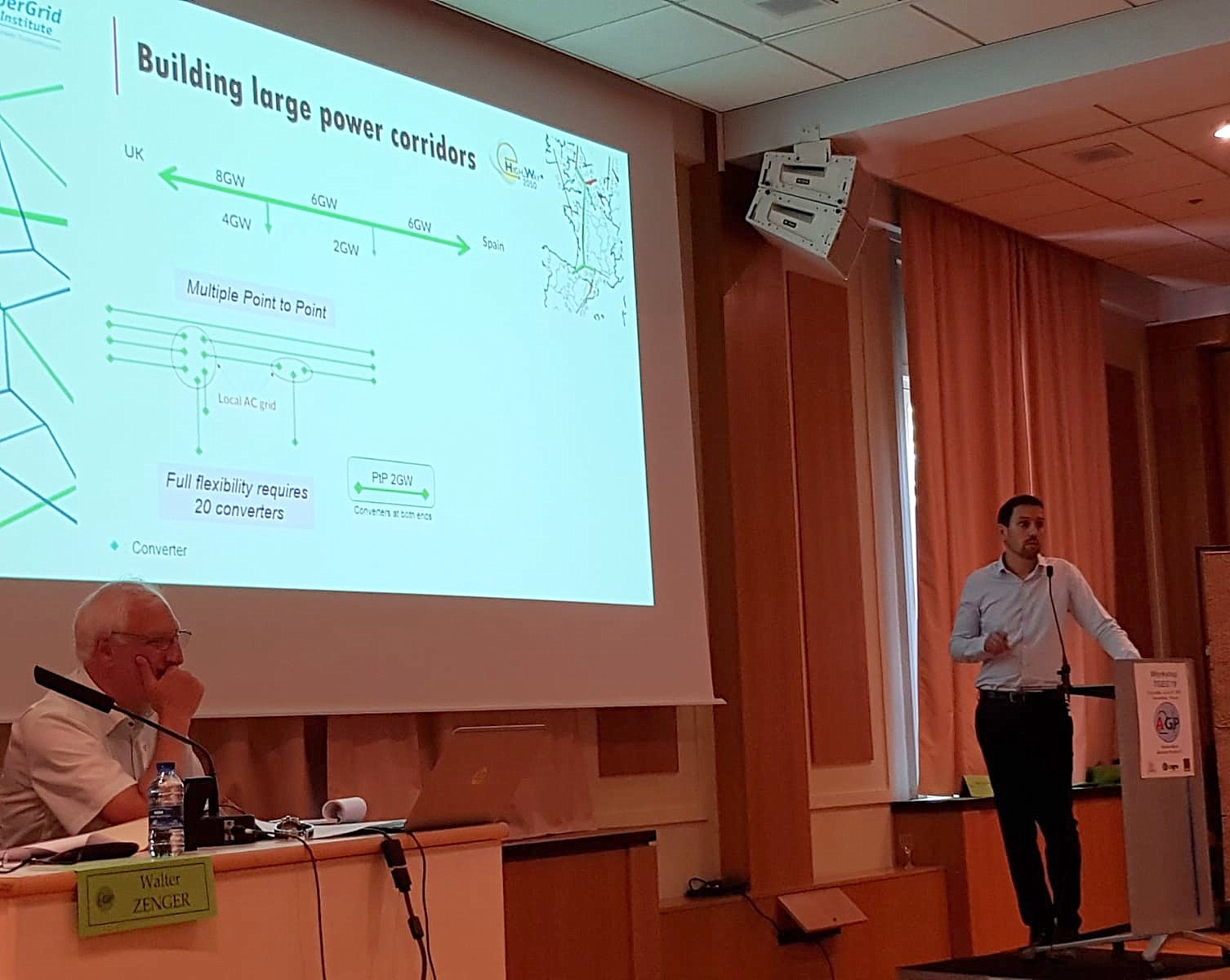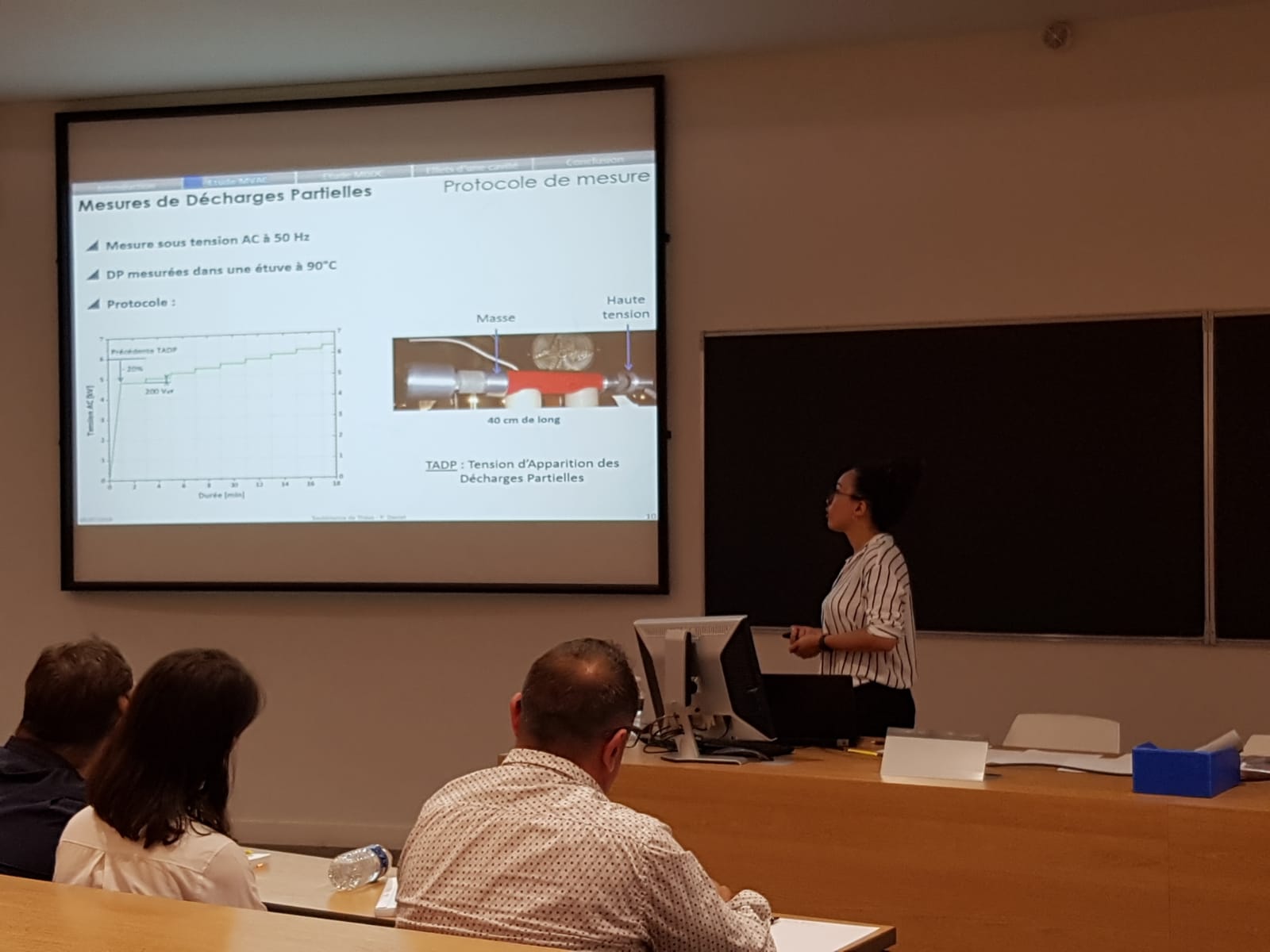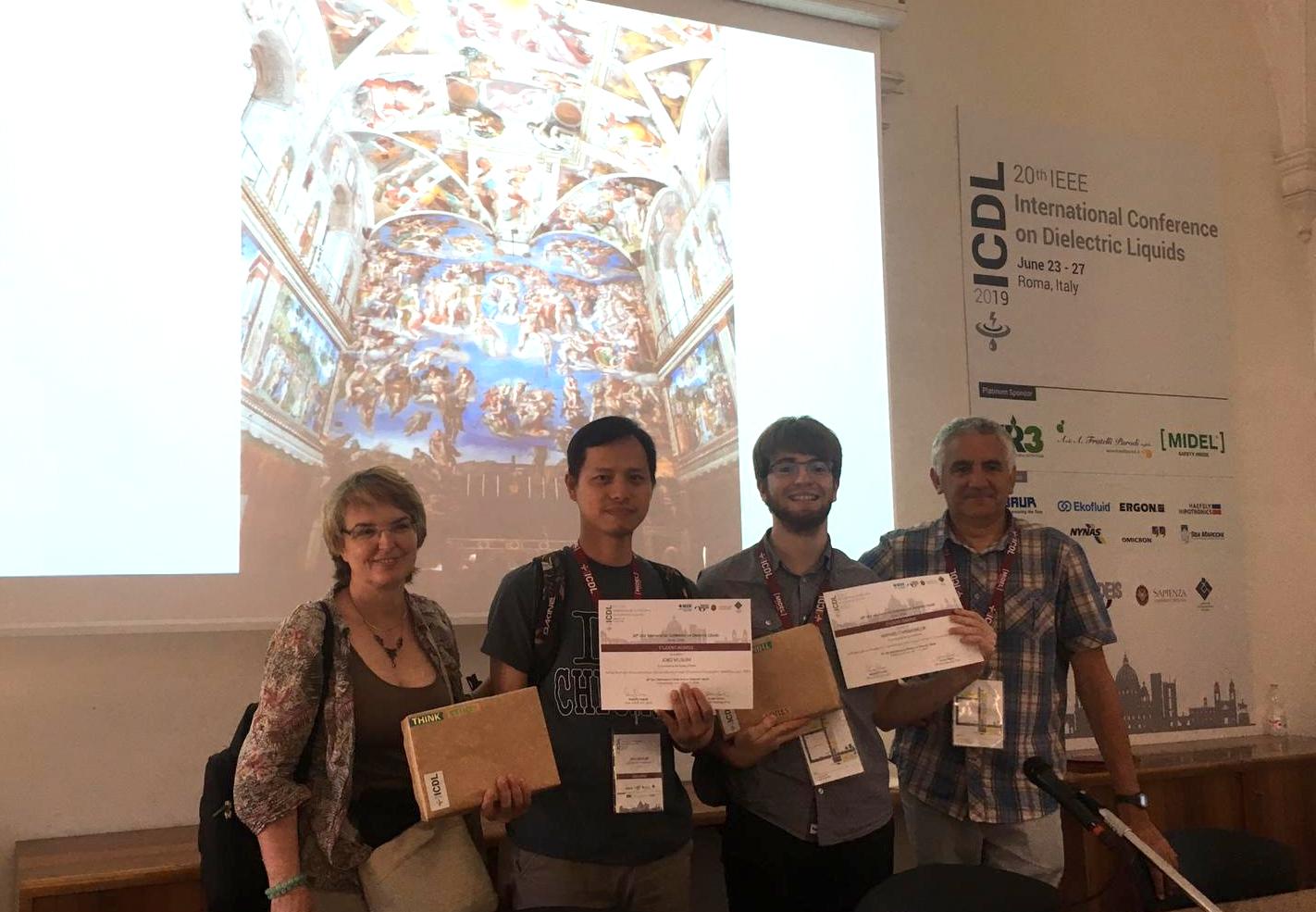Tuning of Droop Parameters Using Virtual Capacitor Control to Improve Voltage Dynamics
This paper proposes a new approach to tuning voltage droop parameters in an MMC-based multi-terminal HVDC system. Using the new degree of freedom offered by the virtual capacitor control, the transient behavior of the DC voltage can be improved without adverse effects on the connected AC grids.


